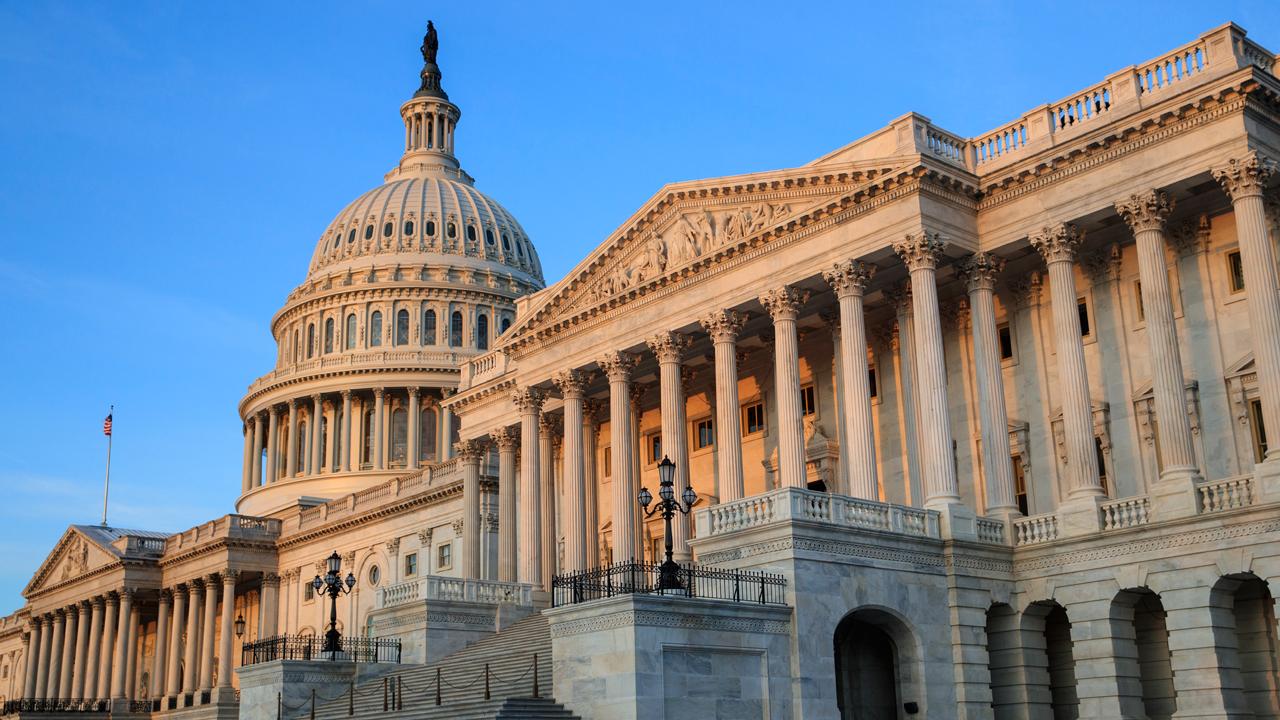May’s unemployment report was stunning — here’s what happened, and why economists got it wrong
Data suggests about 1 in 8 jobs lost during coronavirus pandemic has returned
Most economists expected May’s jobs report to be a disaster, possibly even the worst on record.
Instead, the Labor Department reported Friday morning that employers actually added 2.5 million jobs last month — easily the most ever created in a one-month period — and the unemployment rate dropped to 13.3 percent.
| Ticker | Security | Last | Change | Change % |
|---|---|---|---|---|
| I:DJI | DOW JONES AVERAGES | 37775.38 | +22.07 | +0.06% |
| SP500 | S&P 500 | 5011.12 | -11.09 | -0.22% |
| I:COMP | NASDAQ COMPOSITE INDEX | 15601.498878 | -81.87 | -0.52% |
Stocks soared on the data sending the Dow Jones Industrial Average up over 829 points, while the Nasdaq Composite hit an intra-day all-time high before settling below that level rising 2.06 percent, while the S&P 500 gained 2.6 percent.
As markets rallied, President Trump took a victory lap on the report, which was largely interpreted as evidence that the worst of the economic pain from the coronavirus outbreak was over, others wondered: What happened, and why did economists get it so wrong? (“Real time reax: WHAT THE WHAT???” one economist tweeted when the data was released).
Consensus forecasts predicted the economy lost somewhere around 9 million jobs in May, largely based on the millions of new unemployment insurance claims that continued to mount each week. According to those reports, close to 11 million Americans filed for first-time jobless benefits in May. The job losses, on top of the 20.5 million shed by employers in April, were expected to push the nation’s unemployment rate to 20 percent, which would have marked the highest level since the Great Depression.
CONGRESS HAS FUNNELED TRILLIONS TO CORONAVIRUS RELIEF. WHERE IS THAT MONEY GOING?
One reason for the discrepancy between jobless claims, typically a more reliable indicator of the nation’s employment situation, and the May jobs report is due to a timing mismatch, according to Dave Donabedian, chief investment officer of CIBC Private Wealth Management.
“One of the things we know, the incredible numbers we saw, is that states were absolutely overwhelmed by the number of requests,” he told FOX Business. “And so, there’s often a multiweek lag between when someone applies for unemployment and when they actually receive benefits and are counted in the data.”
For instance, Americans who lost their jobs in March and April and filed for jobless benefits during those months may not have actually started receiving the government aid until May because state’s employment offices were inundated with claims, distorting the data.
WHAT HAPPENS TO YOUR UNEMPLOYMENT BENEFITS IF YOU REFUSE TO GO BACK TO WORK?
Jobless claims, Donabedian said, are “one of the many forecasting tools that you can throw into the trash bin given the unique circumstances.”
There are other factors at play in the data: Responses to the government’s regular household survey, which is used to calculate unemployment, was 15 percentage points lower than usual. The establishment survey, used to track payroll numbers, also fell slightly, the Labor Department said.
Plus, the headline unemployment number is almost certainly off by a few percentage points. The Labor Department said in the report that real unemployment is likely 16.3 percent, due to a quirk in reporting. Basically, workers who were furloughed or who had their hours reduced to zero were reported as employed but not at work due to “other reasons.” If those individuals had been classified as unemployed on temporary layoff, the overall unemployment rate would be 3 percentage points higher, the agency said.
WHITE HOUSE MULLS MORE VIRUS RELIEF: HERE'S WHAT IT COULD INCLUDE
“I think, if you can quibble about some of the data, big picture, this big upside surprise confirms that an economic recovery is underway and suggests that it could occur bigger and quicker than the consensus,” Donabedian said. “It’s pretty significant.”
Still, he cautioned the U.S. economy remains in a “deep ditch” that could take several years to climb out of. In April, the U.S. shed a record-shattering 20.5 million jobs; the depth and speed of the outbreak’s destruction of the labor market are without precedent.
The data released today suggests that about one in- eight jobs lost to the pandemic has returned.
“If today's jobs numbers caused you to dramatically shift your assessment of the economy, you're doing it wrong,” Justin Wolfer, an economics professor at the University of Michigan, tweeted. “Markets are reacting to today's jobs report as if it were pretty good news, but it's far short of great news and that seems about right.”
GET FOX BUSINESS ON THE GO BY CLICKING HERE
